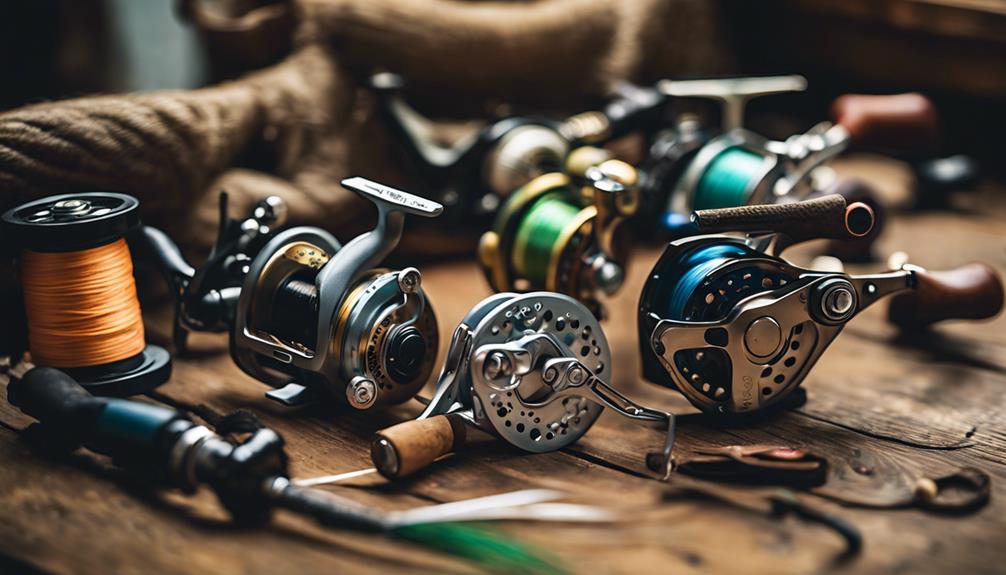Fly fishing is not just a sport; it’s an experience that intertwines nature, skill, and artistry. For enthusiasts and professionals alike, capturing the essence of this beautiful activity through fly fishing pictures can be both rewarding and challenging. In this guide, we will explore the art of taking breathtaking fly fishing pictures, the best equipment to use, and tips to enhance your photography skills. So, grab your camera and let’s dive into this captivating world!
Why Fly Fishing Pictures Matter: Capturing Memories
Fly fishing pictures serve as a visual narrative of your fishing adventures. They capture moments of triumph, serenity, and connection to nature. Whether you’re fishing in a tranquil river or battling a large trout, these images become cherished memories that can be shared with friends and family. They also play a crucial role in documenting your progress as an angler, showcasing your skills and the stunning environments you explore. Moreover, high-quality fly fishing pictures can inspire others to engage in this beautiful sport, fostering a community of fishing enthusiasts.
Choosing the Right Equipment for Fly Fishing Photography
When it comes to taking remarkable fly fishing pictures, the right equipment can make a significant difference. A DSLR or mirrorless camera with a good zoom lens is ideal for capturing both wide landscapes and close-up shots of your catches. If you prefer a more compact option, high-end point-and-shoot cameras or smartphone cameras with advanced photography features can also yield impressive results. Additionally, consider investing in a waterproof camera or housing to protect your equipment from splashes and unexpected rain. Lastly, don’t forget to bring along a tripod for steady shots and to capture long-exposure images of flowing water.
Understanding Lighting: The Key to Stunning Fly Fishing Pictures
Lighting plays a crucial role in photography, and understanding how to utilize it can elevate your fly fishing pictures. The golden hours—shortly after sunrise and before sunset—offer soft, diffused light that enhances colors and reduces harsh shadows. Overcast days can also provide excellent lighting conditions, as the clouds act as a natural diffuser. Be mindful of the sun’s position when capturing images; shooting with the sun behind you often results in well-lit subjects. Experimenting with different lighting conditions can lead to unique and captivating images that tell a story.
Composition Techniques to Enhance Your Fly Fishing Pictures
Composition is the art of arranging elements within your frame to create a visually appealing image. One popular technique is the “Rule of Thirds,” which involves dividing your frame into a 3×3 grid and placing your subject along the lines or at their intersections. This technique helps draw the viewer’s eye and creates balance. Additionally, consider using leading lines—such as rivers, trails, or tree lines—to guide the viewer’s gaze toward your subject. Don’t hesitate to experiment with different angles and perspectives; sometimes, a low angle or a bird’s-eye view can create a striking fly fishing picture.
Capturing Action: Tips for Dynamic Fly Fishing Pictures
Dynamic action shots can bring your fly fishing pictures to life, showcasing the excitement of the sport. To capture motion effectively, use a fast shutter speed to freeze the action, especially when a fish is jumping or splashing. Alternatively, a slower shutter speed can create a sense of movement, emphasizing the rush of the water or the cast of a line. Continuous shooting mode can also help you capture a sequence of actions, ensuring you don’t miss that perfect moment. Always be ready and anticipate the action, as fish can be unpredictable, and the best shots often happen in an instant.
Editing Your Fly Fishing Pictures: Bringing Out the Best
Post-processing is an essential step in enhancing your fly fishing pictures. Using editing software like Adobe Lightroom or Photoshop, you can adjust exposure, contrast, and color balance to make your images pop. Cropping can help improve composition, while sharpening tools can enhance details, making the fish and scenery stand out. Don’t overdo it, though—aim for a natural look that maintains the integrity of the scene. Additionally, consider using filters or presets to create a consistent style across your portfolio, making your fly fishing pictures instantly recognizable.
Sharing and Showcasing Your Fly Fishing Pictures Online
Once you’ve captured and edited your fly fishing pictures, it’s time to share them with the world. Social media platforms like Instagram and Facebook are excellent avenues to showcase your work and connect with other fishing enthusiasts. Use relevant hashtags, such as #FlyFishingPictures or #CatchOfTheDay, to increase visibility and engagement. For a more professional approach, consider creating a personal website or portfolio to display your best images. Blogging about your fishing experiences, coupled with stunning visuals, can also attract fellow anglers and outdoor lovers.
Join the Community: Learning from Others’ Fly Fishing Pictures
Finally, while capturing your fly fishing pictures is a fulfilling endeavor, learning from others can elevate your skills. Join photography groups, both online and offline, to share your work and receive constructive feedback. Participate in photography contests or workshops focused on outdoor photography to gain insights and improve your techniques. Engaging with fellow anglers and photographers can also provide inspiration, helping you discover new locations, techniques, and styles to incorporate into your fly fishing pictures.
In conclusion, capturing stunning fly fishing pictures is a rewarding journey that combines technical skills, creativity, and a love for nature. By understanding the importance of equipment, lighting, composition, and post-processing, you can create breathtaking images that not only document your fishing adventures but also inspire others to appreciate the beauty of fly fishing. So, embrace the art of photography, and let your fly fishing pictures tell your unique story!
